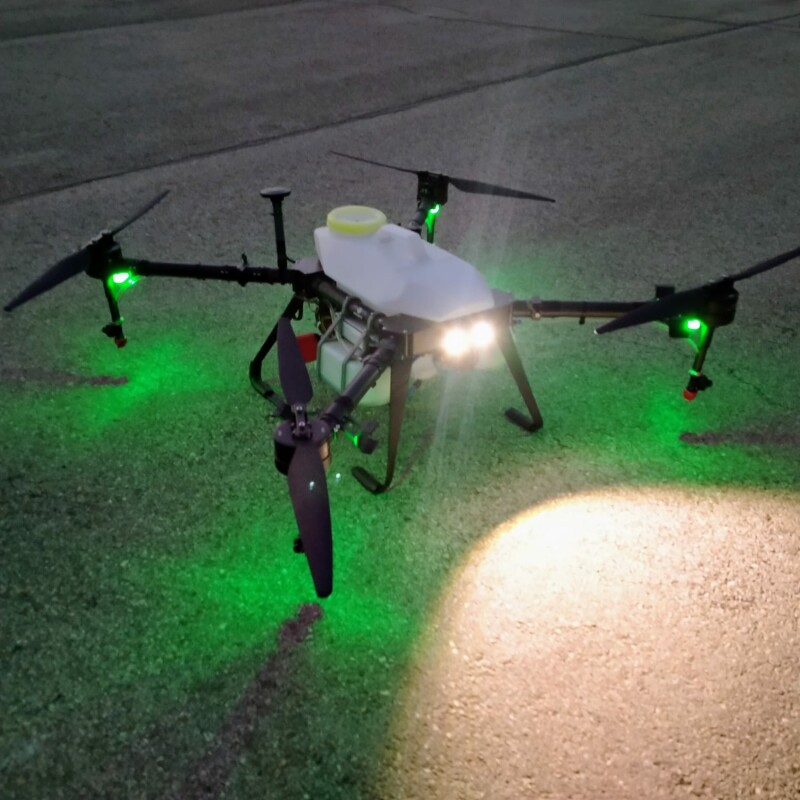For years, we have seen the uncrewed aviation industry grow by following the business model of mass production. Many companies in the US, Europe, Latin America, and Asia have aspired to replicate the style that has worked so well for the behemoth DJI of China.
Now, a new trend is developing with the emergence of the custom-made drone. This business model is based on fewer—perhaps more lucrative—units and a long aftermarket relationship with the end-user.
Dronerpa, a Madrid-based drone manufacturing company, has selected this business model as its go-to-market strategy. We reached out to Daniel Hellin, President of Dronerpa, for an interview about his company in particular and the years ahead for the industry in general.
“Dronerpa was born out of my passion for remotely controlled (RC) aircraft and the potential to use my experience in creating innovative designs tailored to specific needs,” Hellin said. “Our first markets were public safety and defense where we saw the greatest need and the higher potential for growth.”
After four years of gaining experience in their selected markets, Hellin decided to add other industrial areas where human lives are at risk and where drones can be a solution to mitigate exposure to dangerous conditions.
“We felt ready to enter other industrial markets where custom-designed drones can make a difference and where certain highly-specialized applications can’t be fulfilled with of-the-shelf UAVs,” said Hellin. “We also explored the possibility of adding hybrid power modules to our existing all-electric drones in order to have longer mission times and access to a specific set of applications.”
One such market is Drones for Explosive Environments (ATEX), such as fuel depots. Dronerpa entered that market in 2019.
“There’s an enormous need for unmanned vehicles, aerial and otherwise, for these dangerous environments in which fuel, oil, and many other combustible substances are stored and in constant need of supervision and monitoring,” Hellin stated. “These environments need vehicles that take into consideration that any spark generated accidentally by a design flaw could be catastrophic. We work with our customers to ensure that every precaution is taken in the design and manufacture of these highly specialized vehicles.”
When pressed about specific applications and markets in Latin America, Hellin was careful to preserve the confidentiality of his strategy.
“We have very specific applications such as the installation of markers on high-voltage distribution conductors, to prevent birds from flying into them,” he said. “This is a highly specific application that required custom-made tools and gadgets that allow the drone to place these markers with great precision. We are also working with electric distribution companies to develop drones that can clean high-voltage towers and also with firefighting departments to create UAVs that can detect explosive atmospheres up to 100 meters (330 feet) away.”
When the conversation turned to ways of marketing Dronerpa’s drones in Latin America, Hellin was very clear on his strategy.
“We are looking for partners in the region to help us commercialize our products and services,” he reported.
Even though the market for custom-made aerial vehicles is smaller than the market for consumer drones, there is no doubt that Dronerpa has found a niche where price might not be the deciding factor. Instead, reliability and adaptability will play a bigger role in the decision to select a specific brand.















Comments